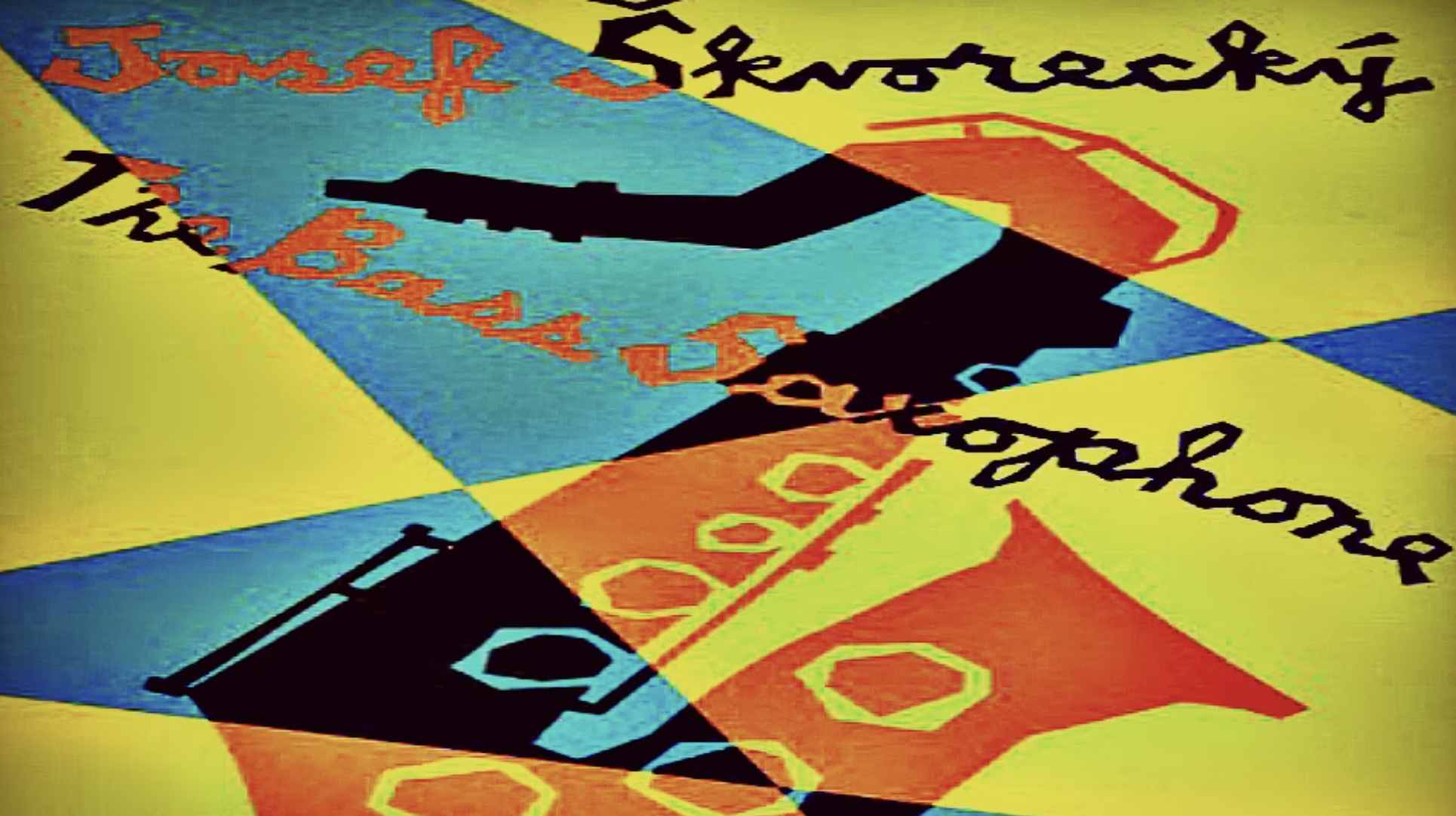This Is Spinal Tap came out more than 40 years ago. At the time, says director Rob Reiner in a recent interview at San Diego Comic-Con, “nobody got it. I mean, they thought I’d made a movie about a real band that wasn’t very good, and why wouldn’t I make a movie about the Beatles or the Rolling Stones?” Indeed, stories circulated of people in the music industry (including the late Ozzy Osbourne) not realizing it was supposed to be a comedy, so close was its satire to their actual professional lives. Eventually, “the real word started creeping in”: the fictional band “played Glastonbury, they played Royal Albert Hall and Wembley Stadium.” Real-life rock and pop musicians also became fans of the film. “Every time I see it,” Reiner quotes Sting as saying, “I don’t know whether to laugh or cry.”
The boundaries between Spinal Tap’s world and the real one have remained porous enough that the production of the film’s upcoming sequel Spinal Tap II: The End Continues has involved a great many celebrities playing themselves, or at least versions thereof.
Take, for example, the newly released version of “Stonehenge,” whose music video features not just Elton John, but — to the delight of some fans, and perhaps the disappointment of others — a correctly scaled stage prop. The song will be included on the album of The End Continues, scheduled for release along with the film on September 12th, whose thirteen tracks bring in guest stars like Paul McCartney, Garth Brooks, and Trisha Yearwood.
It’s been about fifteen years since the last Spinal Tap album, a factor the sequel incorporates into its premise. “We created this whole idea that there’s bad blood, they’re not speaking to each other,” says Reiner, “but they now are forced together because of a contract” dictating that they must give one last performance, a prospect suddenly made viable when their song “Big Bottom” goes viral. As unrecognizable as both pop culture in general and the music industry in particular have become over the past four decades, Reiner assures us that David St. Hubbins, Nigel Tufnel, and Derek Smalls “have not grown emotionally, musically, or artistically. They are stuck in that heavy-metal world.” In a Hollywood movie, such a flagrant lack of character development would constitute a violation of storytelling laws; in rock, it’s unflinching realism.
Related content:
Ian Rubbish (aka Fred Armisen) Interviews the Clash in Spinal Tap-Inspired Mockumentary
The Spinal Tap Stonehenge Debacle
Watch The Nine Lives of Ozzy Osbourne: A Free Documentary on the Heavy Metal Pioneer (RIP)
Based in Seoul, Colin Marshall writes and broadcasts on cities, language, and culture. His projects include the Substack newsletter Books on Cities and the book The Stateless City: a Walk through 21st-Century Los Angeles. Follow him on the social network formerly known as Twitter at @colinmarshall.


